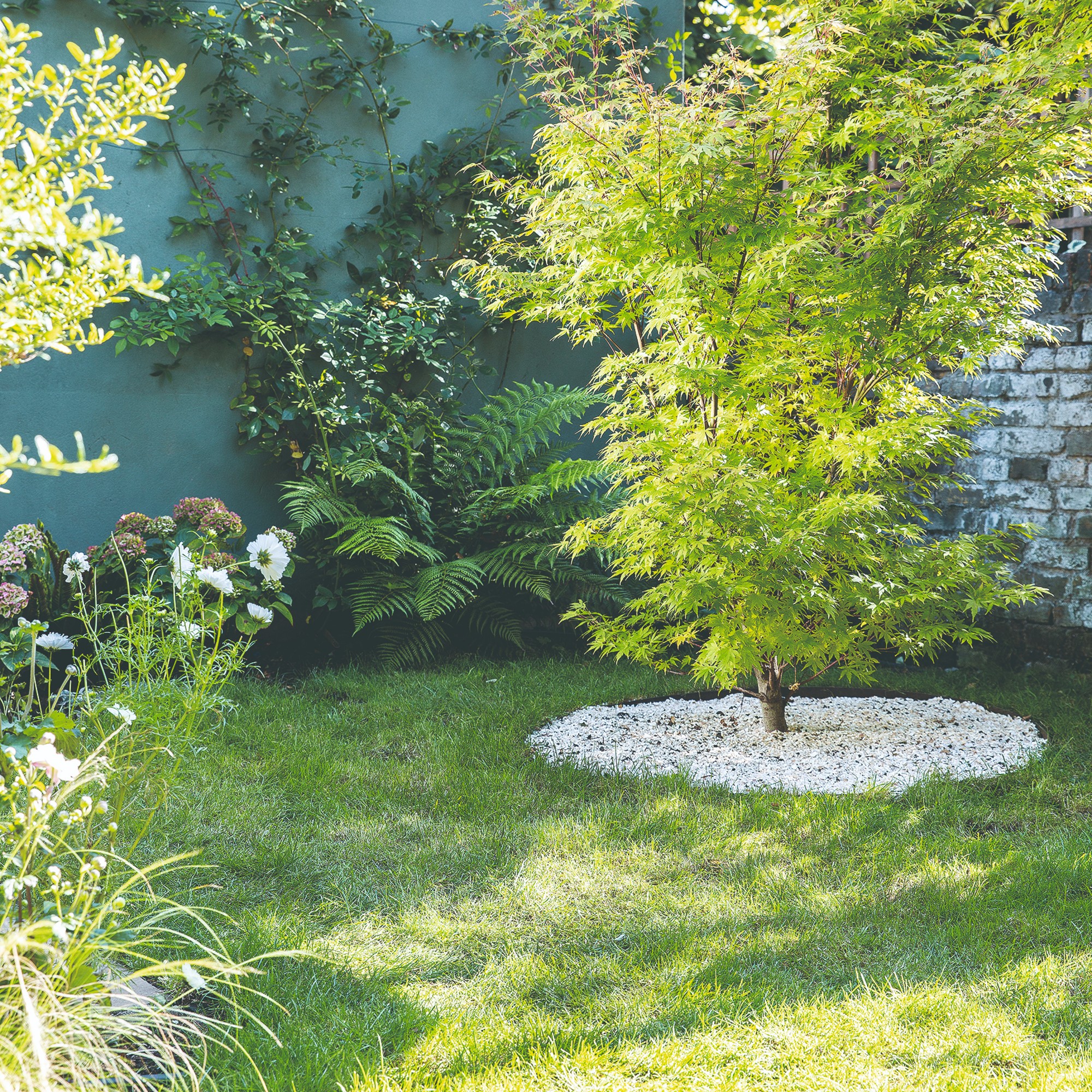
There’s nothing better than looking out of the window and seeing a luscious, green lawn. And while you may already know that fertilising your lawn can help with your lawn health, do you know when to fertilise a lawn?
If your dream landscaping idea includes a golf-course-worthy lawn, you’re likely well-versed in the best lawn care tips and already have a lawn care calendar in place. But for those who don’t know the importance of lawn fertilisation, this process provides your lawn with all of the nutrients it needs to survive and thrive - from phosphorous for root growth to potassium for disease prevention and nitrogen for an energy boost.
Every time you mow or walk over your lawn, you’re depleting those nutrient levels. And while experts suggest fertilising your lawn at least twice a year, there’s a third optional opportunity thrown in there, too. So, this is when you should fertilise your lawn.
When to fertilise a lawn
While fertilising your lawn can give it the extra boost it needs to thrive, it’s important to note that this garden task isn’t always necessary. If your soil is already rich in nutrients, there’s no need to add extra fertiliser into the mix.
The best way to know for sure is to test the pH of your soil and test the nutrient composition of your soil. This will allow you to understand what it may be lacking and choose a fertiliser based on your own garden’s results.
There’s nothing wrong with giving your lawn some extra oompf, though. Tony Williams, Estates Manager at Mount Ephraim Gardens explains, ‘Even though most UK lawns grow well without extra help, fertilising can boost your lawn's health, making it lush and vibrant.’
‘It not only enhances its appearance but also strengthens it against wear, harsh weather, and diseases. Well-fertilised lawns resist moss and weeds better, staying thick and green.’

But when you know you need to fertilise your lawn, when do you do it? Well, experts suggest fertilising your lawn twice a year - once in spring and then again in the autumn.
For starters, you should add this task to your list of garden jobs to do in March or April. However, there are some rules you need to abide by if you want to reap the rewards of this garden task.
John Clifford, garden expert at Gardenstone, advises, ‘In early spring, you fertilise your lawn in order for it to get a good head start in its growing season. By fertilising in early spring, you can prevent the growth of weeds and encourage new seed germination.'
‘You should do this first fertilising when the temperature outside has reached more than 8 degrees Celsius permanently, and there's no risk of frost at all.’

Then, the next best time to fertilise a lawn is between September and October. You should wait for the weather to turn after the summer months, as this will provide your lawn with all of the goodness it needs to survive over the winter.
Of course, you need to make sure that you’re using the correct lawn fertiliser for autumn. Tony explains, ‘Different seasons require different nutrient mixes, with more nitrogen in spring for growth and more potassium in autumn to enhance hardiness.’
Don’t worry if you’ve forgotten to add this task to your list of jobs to do in the garden in October, though.
Chris Bonnett, founder of Gardening Express, explains, ‘It’s generally best to fertilise your lawn in the early to mid-autumn. However, if you missed this window, then November is still an appropriate time to apply fertiliser. Just keep in mind to apply it before the ground freezes and goes dormant.’
While it’s not advisable to place garden furniture on grass, you may also want to consider adding a third feed into the mix during the height of summer if you plan on using it to host the best garden furniture or summer BBQs.

In fact, John is particularly fond of adding this extra fertilisation step into the mix. He says, ‘It helps to protect your lawn against any summer conditions (such as draughts and excessive heat) that could damage your grass.'
'An unprotected lawn is likely to succumb quickly as soon as there's any sign of heat, and this will be noticeable by the overall colour of the lawn - if it's starting to yellow, then it's not in good shape.’
This is an optional extra, but if you choose to fertilise your lawn in the summer, you should opt for a quick-release fertiliser and add it to your lawn in July. This can be especially helpful during the hot, dry months.
The best lawn fertilisers
FAQs
What is the best month to fertilise your lawn?
Ideally, you should fertilise your lawn twice a year. First, you should fertilise your lawn in the spring months (March-April). Then, you should fertilise your lawn for a second time in the autumn (September-Autumn).
You do have the option to fertilise your lawn in the summer, too. This is only really necessary if you know your lawn will take a battering over the summer months as a result of excitable children, heavy garden furniture, and a full hosting schedule.
How do you know when your lawn needs to be fertilised?
Lawns need to be fertilised to prevent nutrient deficiency. This nutrient deficiency is normally quite obvious, as you may find that your lawn is being overtaken by weeds and moss, it starts to turn yellow or brown, it’s patchy and bare, or just looks a little worse for wear.
Essentially, if it doesn’t look luscious and green, there’s a high chance that it’s in need of some fertiliser.
So, when will you be adding some fertiliser to your lawn?







